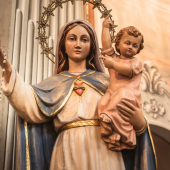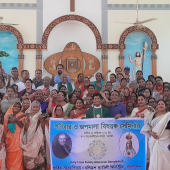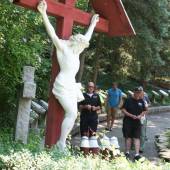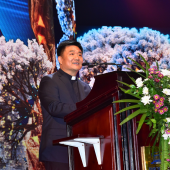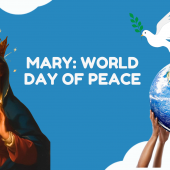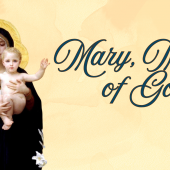The Miracle of Sweet Victory Wrought by the Holy Rosary
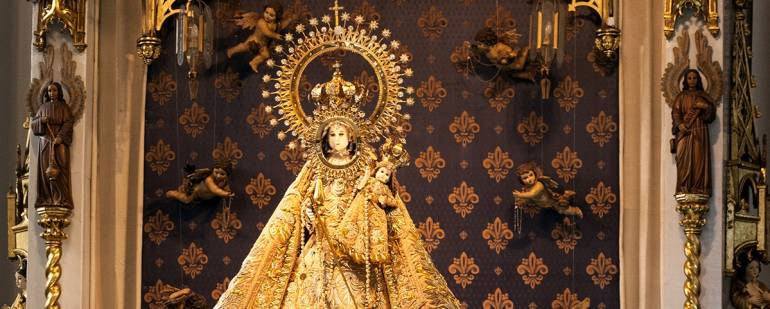
In the modern time, many a saint, that includes most of the popes, bishops, priests, nuns, and holy members of the laity, has recommended the praying of the Holy Rosary in times of personal or family struggles, or national emergencies like the 1986 EDSA peaceful revolution, or natural crises like the onslaught of a hurricane or a forest fire.
But most of all, saints and popes have urged us to pray the “Rosary as the weapon of our time,” as Saint Padre Pio has put it, in our spiritual struggles and to fight evil forces. According to him, the devil is afraid of the Holy Rosary.
Globally, Catholics observe October as the month of the Holy Rosary. It was Pope Pius V, a Dominican Pontiff and a saint, who declared October 7 as the Feast of Our Lady of Victory, now known as the “Memorial of Our Lady of the Rosary.”
Our Lady’s Rosary is not a weapon of physical destruction but a weapon of victory. From my viewpoint as a Filipino Catholic, I will tell you why.
Thousands of Filipino citizens, myself included, had participated in the Philippine EDSA peaceful revolution of 1986. Believe it or not, the event was hailed as a miracle.
The EDSA People Power Revolution gathered millions of Filipinos from all walks of life on February 25, 1986, to march along Epifanio de los Santos Avenue (EDSA), the main artery of Metro Manila, to end the dictatorship of President Ferdinand E. Marcos and began a new era marked by true freedom and democracy.
In fact, the EDSA miracle has been compared to the Battle of Lepanto in the 16th century against the Ottoman Turks and the Battle of La Naval de Manila in the 17th century that repulsed the Dutch forces in their attempts to invade the Philippines in 1646, when Mary’s intercession through the praying of the Holy Rosary.
The battles of La Naval de Manila were waged at sea, while EDSA was won on the highway. The battles of La Naval de Manila repulsed non-Catholic aggression, while EDSA toppled an oppressive dictator. From the Christian perspective, I dare say, those were battles between good and evil, and the good won, hence, a miraculous victory.
At EDSA, the Virgin Mary’s intercession made a million praying people, with roses and rosaries, block advancing military forces. At La Naval de Manila, the inferior navy called the shots against superior forces, and the Catholics won.
At EDSA, the advancing superior forces were ordered to fire but did not, and the Filipino people won. The most significant fact remains, that, by people power, Filipinos achieved the impossible and brought down a seemingly unshakable strongman.
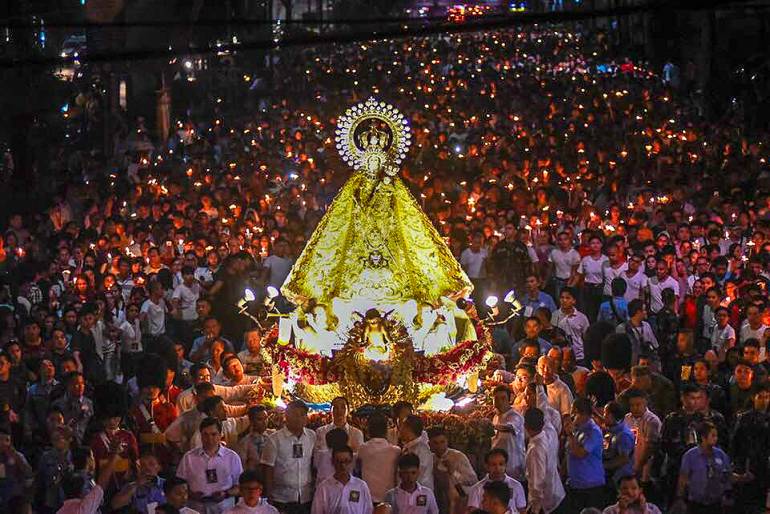
Josef Stalin’s quip to French Prime Minister Pierre Laval in 1935: “The Pope! How many divisions has he got?” was a purposeful sarcasm to point out how on earth a spiritual institution could do anything to help thwart the escalating military threat of Nazism.
But in the olden times, I mean, during medieval times and early modern period, the Pope had an army. And in this regional crisis, all the armed forces of the Catholic nations in Europe were allied against the invading Muslims and, in this context, we can better appreciate the miracle of sweet victory wrought by the Holy Rosary.
The Ottoman Empire, spanning more than 600 years, grew to be one of the most powerful states and the Ottoman warriors into merciless conquistadores during the 15th and 16th centuries. The Ottoman period came to an end only in 1922, when it was replaced by the Turkish Republic and other nations in Southeast Europe and the Middle East.
With the increasing Muslim Ottoman incursions into Europe, the Spanish Dominicans or the Orders of Preachers founded by Santo Domingo de Guzman went on the defensive by promoting the Holy Rosary as a weapon against the Ottoman Turks.
On 7 October 1571, the Holy League, a coalition of European Catholic states, sailed from Messina, Sicily, and met a powerful Ottoman fleet in the Battle of Lepanto in what is known as the largest naval battle in Western history that involved more than 400 warships, mostly from the Ottoman fleet.
Knowing that the Christian forces were inferior and at a disadvantage, Pope Pius V, a Dominican, called for all of Europe to pray the Rosary for victory. He went out of the apostolic palace to personally lead a rosary procession in Rome.
Spanish military commander John of Austria (1547-78), the chief head of the Catholic League, kept a statue of the Virgin on his ship, while the Dominican chaplains of each warship actively encouraged all seamen to pray the rosary. In short, the Catholic naval forces inflicted a major defeat on the Ottoman fleet.
After the miraculous defeat of the Ottoman foes, Pope Pius V formally made public the victory and that, he stressed, the victory was due to the faithful’s fervent praying of the Holy Rosary. Thereafter, the Dominican Pontiff proclaimed October 7 as the Feast of Our Lady of Victory, later amended into the “Memorial of Our Lady of the Rosary.”
As a child growing up in a Catholic family, I have embraced and still embrace, and I guess many Filipinos still do, what the Venerable Fr. Patrick Peyton (1909-1992) has told every soul he met and in all massive Rosary rallies he staged in key cities of the world:
“A world at prayer is a world at peace.”
José Mario Bautista Maximiano is the author of ‘MCMLXXII: 500-Taong Kristiyano (Claretian, 2021), Volume Two,’ declared the “Best Book in Ministry” by the 16th Cardinal Sin Catholic Book Awards this year.
Radio Veritas Asia (RVA), a media platform of the Catholic Church, aims to share Christ. RVA started in 1969 as a continental Catholic radio station to serve Asian countries in their respective local language, thus earning the tag “the Voice of Asian Christianity.” Responding to the emerging context, RVA embraced media platforms to connect with the global Asian audience via its 21 language websites and various social media platforms.









